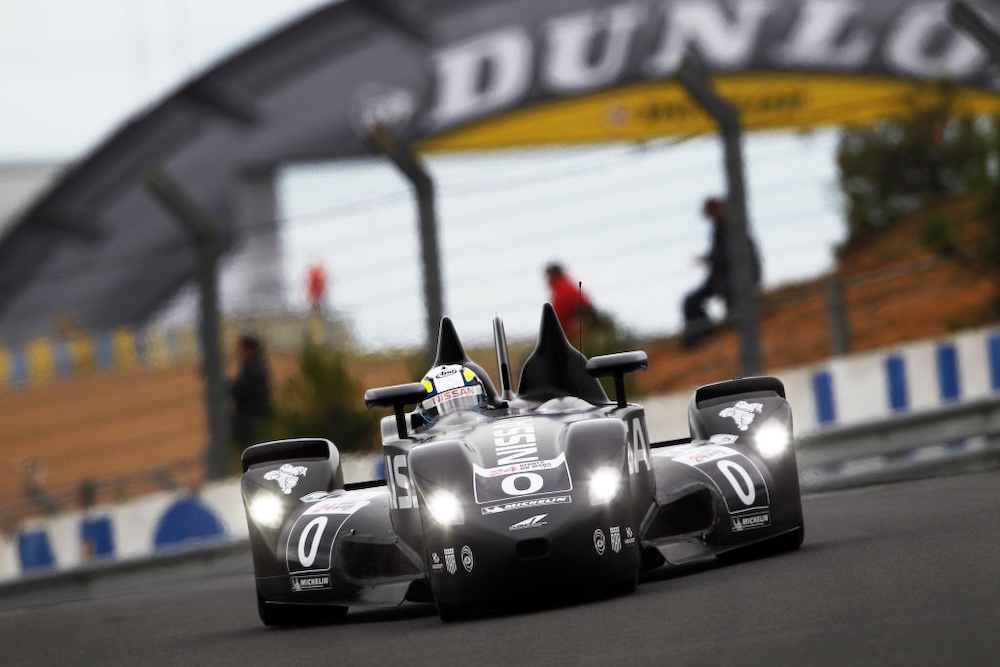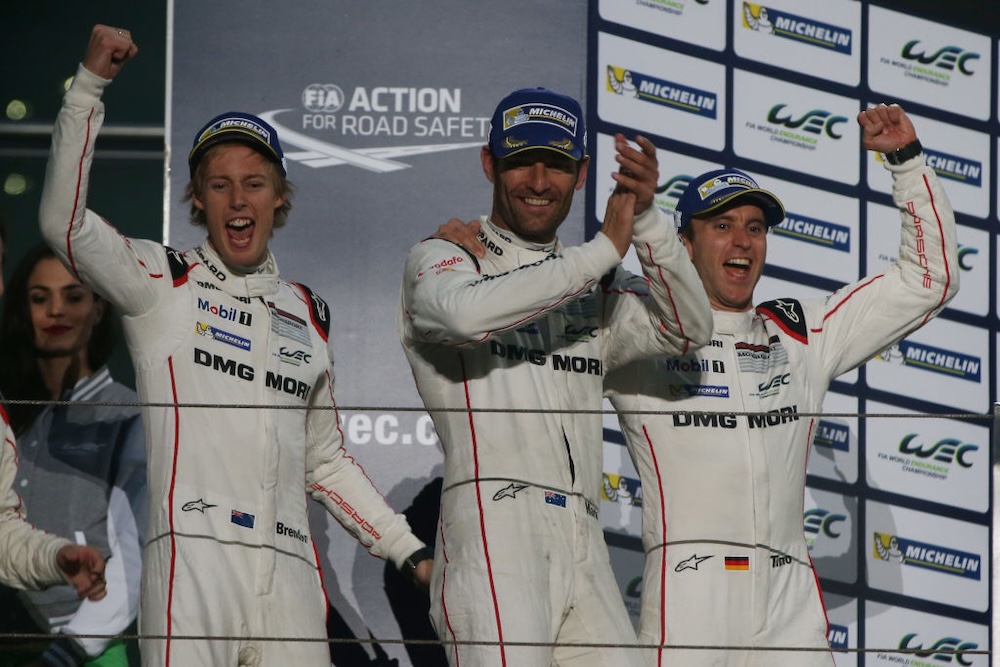As we reach the FIA World Endurance Championship’s 100th race this weekend at the Fuji Speedway, it’s the perfect time for reflection on the ACO and FIA’s 14-year journey with its globe-trotting sportscar product.
It’s been a rollercoaster ride since the first race at Sebring back in March 2012 (main image), but, like the area of the sport that it forms the top tier of, it has endured through several peaks and troughs, eventually leading to the remarkable current era.
It’s easy to forget that the championship started life on rocky ground when Peugeot infamously pulled its LMP1 program at the 11th hour while members of its team were on a flight to Florida for pre-season testing. It was a worrying flashpoint, but one which in hindsight, didn’t deter Audi and Toyota from committing long-term to a platform they both believed in, and in the case of Toyota, still does to this day.
Toyota in particular deserves its plaudits for joining the championship early to fill the Peugeot-sized hole in the LMP1 class that season with a developmental car and ultimately going on to form the backbone of the WEC through its most challenging times. Right now the championship is in the rudest of health, but it shouldn’t be forgotten that just a few years ago, during the transition to Hypercar from LMP1, which was bruised by the impact that the pandemic had on travel and finance, things looked particularly bleak.
Toyota is the only factory that has supported the top prototype class since Season One and in the wake of Audi and Porsche’s withdrawals in 2016 and 2017, respectively, it continued to support the back end of the astonishing LMP1 Hybrid era.
It isn’t the only brand and/or team that should be celebrated, though. The likes of AF Corse/Ferrari, Audi, Proton Competition, Aston Martin Racing, Rebellion Racing, Porsche, Manthey, WRT, United Autosports, and many more all played a part in supporting the WEC in its times of need, when LMP1 and later GTE costs got out of control, the global economy dipped, and the pandemic put everything on hold.
The blend of triumph, tragedy, and heartbreak that the racing has produced has been fascinating to follow over the years. Looking back at the WEC’s first 99 races, of which I feel extremely lucky to have been on hand for 67, there are so many moments that stand out.
In the first campaign, seeing Hybrid-powered LMP1 prototypes do battle at Le Mans for the first time was mesmerizing. Toyota’s spirited challenge to Audi in its first-ever outing with the TS030 failed to go the distance due to a monster shunt for Anthony Davidson in the No. 8 and an engine failure for the No. 7, but it was a taste of the golden years ahead.

Garage 56 opened with the DeltaWing in 2012. Daniel Kalisz/Getty Images
That year’s Le Mans 24 Hours also welcomed the very first Garage 56 project, for the Nissan Deltawing, which drew plenty of attention to the Japanese brand and eventually led to the board signing-off the ill-fated GTR-LM NISMO program for 2015. It also paved the way for several other innovative efforts that took on the Grand Prix d’Endurance, like the SRT 41 Morgan LMP2 driven by quad amputee Frederic Sausset, and of course, the blockbuster Chevrolet Camaro ZL1 effort to celebrate NASCAR’s 75th anniversary in the centenary edition of Le Mans in 2023.
Le Mans over the years has of course provided the WEC with its showpiece event each season, and rarely failed to produce major drama across each of the key categories.
At the top, who could forget the iconic sight of Kazuki Nakajima stopping on the pit straight right at the end of the 2016 Le Mans 24 Hours in the leading Toyota TS050? Ferrari winning Centenary Le Mans in fine style with the 499P after a simply magnificent week-long celebration of the event sticks in the mind too, as does Audi’s final LMP1 Le Mans win with the R18 in 2014, following a titanic scrap with the maturing Toyota team and Porsche, the new kid on the block at the time with its 919.
